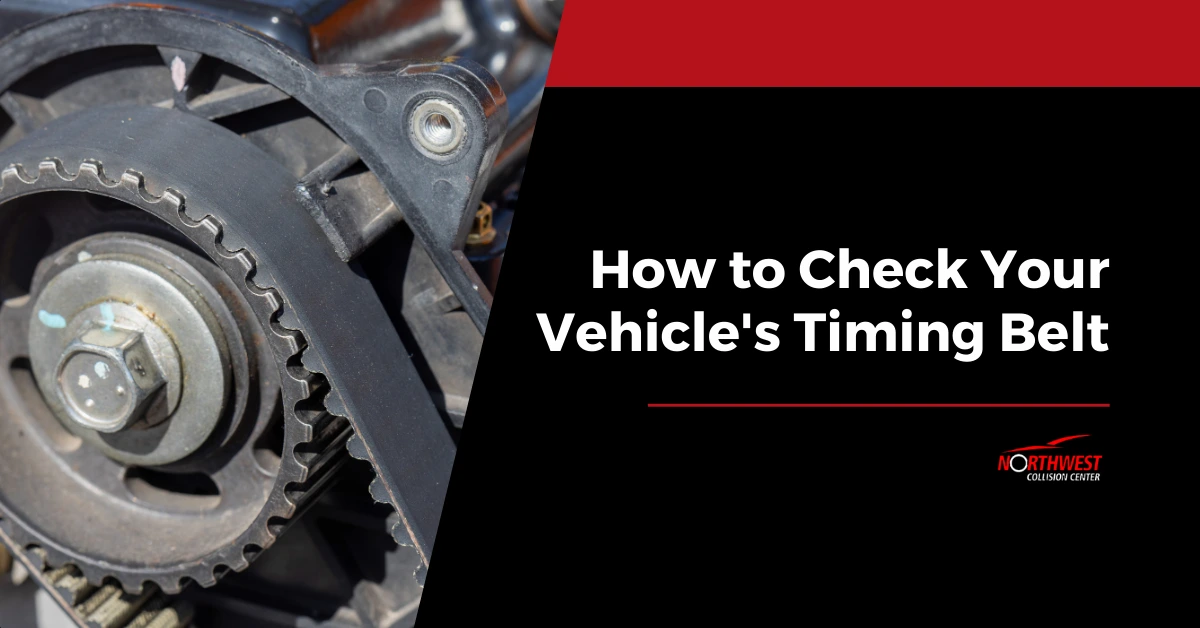Not every auto body repair job has to be a major project. If you are a stickler for a flawless looking auto body, those tiny dents that you incur by just driving on the highway or having a small piece of rubble strike your car while in motion probably irk you to no end. However, you are one of the only people that notice these tiny dents and there are no other major dents on your vehicle. So, what can be done?
First and foremost, you do not have to shell out hundreds of dollars for panel repairs and paint jobs. Many paintless dent repair methods have been around for decades and really do work. Still, if you have no experience with auto body repair, you should leave even these smaller dents to professionals.
Elemental Assistance
One of the most interesting methods of minor auto body repair is the utilization of dry ice. You heard that right, dry ice. Dry ice can actually lift the dent and return the metal of your car’s body to an even plane when applied for the right amount of time. Again, leave these methods to professionals as applying the dry ice to the metal of your car can cause more damage. This method works for many nickel-sized dents.
Hot and Cold
Minor pressure dents can be helped with paintless dent repair methods as well, namely with the application of heat and cold. This works best when there is access to the dent from the inside of your vehicle, i.e. the trunk or front fender. Heat is applied to the dent to make the metal more malleable. It is then shaped back into form. Then cold is applied to strengthen the newly corrected area.
These methods and more are fast and convenient.










